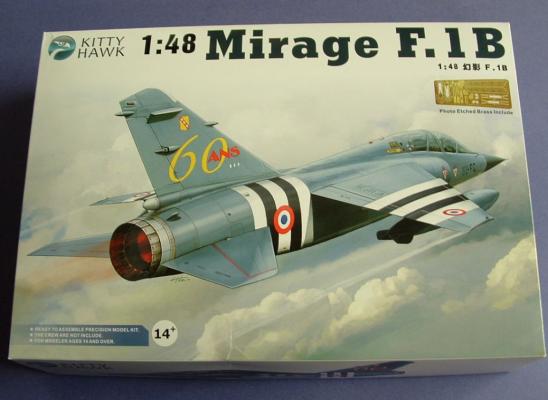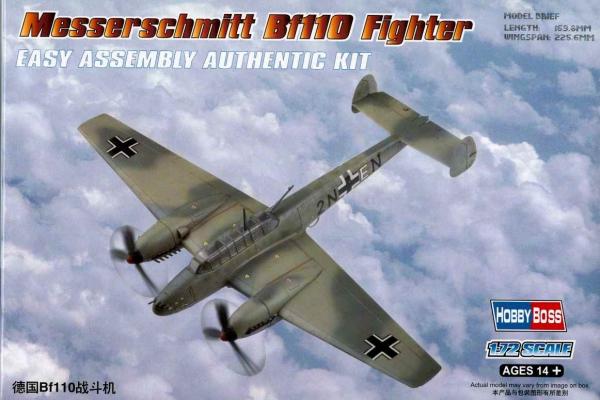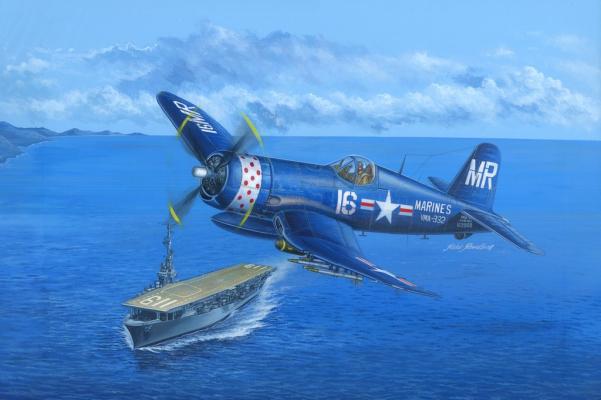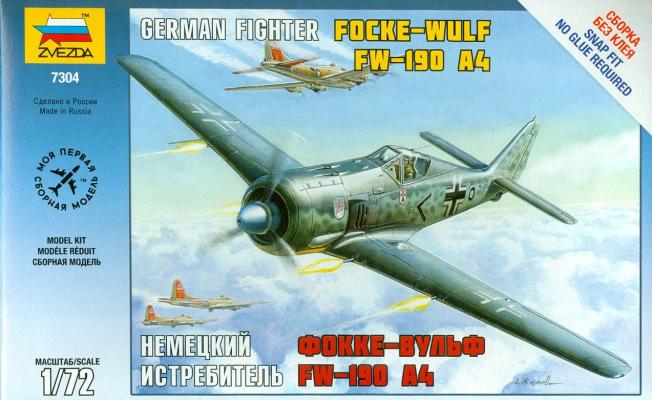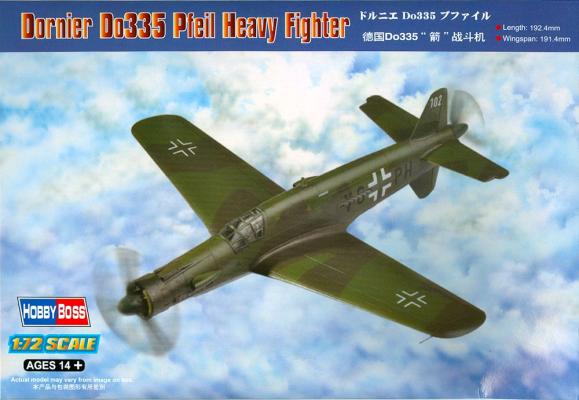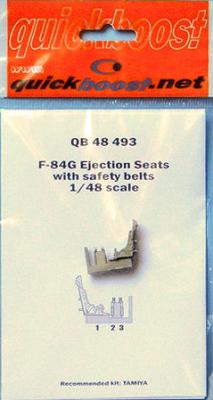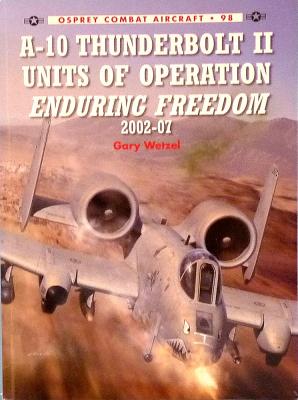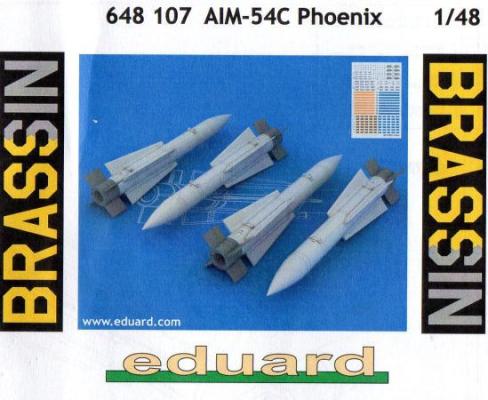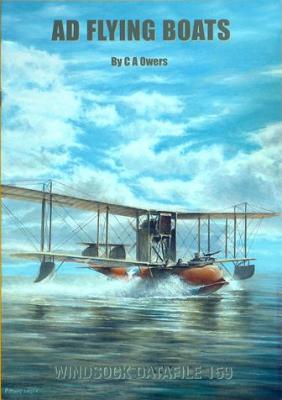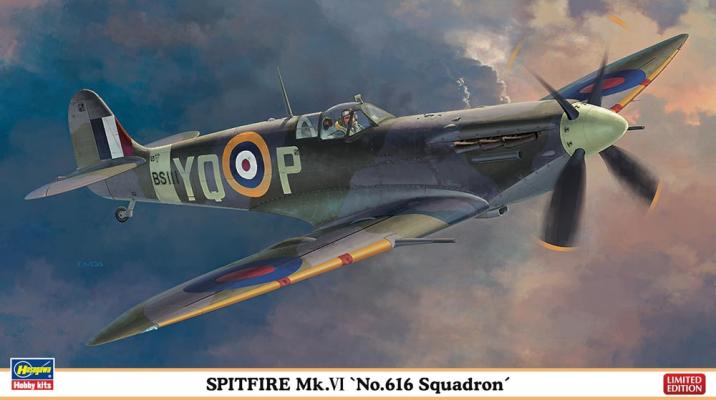Kitty Hawk is a newcomer on the scene and seems to be filling a niche by releasing subjects not kitted before and new kits of older subjects previously kitted. The only previous kitting of the Mirage F.1B in 1/48 was the Fonderie Miniatures limited run multi-media kit. That is why, as a fan of the Armee de l’Air, I was pleased to see Kitty Hawk release this kit, especially in two colorful anniversary schemes, including the D-Day 60th anniversary scheme from 2004. Kitty Hawk has started to release single seat variants of the F.1 as an option to the elderly ESCI/Italeri Mirage F.1.
History
The Messerschmitt Bf-110 was an early attempt by the Luftwaffe to develop a long range strategic fighter for deep penetration missions. It was also intended as a long range escort for bombers, as an interceptor against enemy bomber formations, and as a light bomber and ground attack aircraft. The first prototype flew in 1936, but protracted engine development kept the Bf-110 from entering service until 1938 as the Bf-110B. In 1939, the Bf-110C went into production, and this was the first version produced in large numbers. The Bf-110C appeared in fighter, ground attack, reconnaissance, and “destroyer” versions. The Bf-110C was used to effect in the Polish campaign in 1939, and this gave Goring the impression that the type was unstoppable, the ultimate air weapon. After success in shooting down unescorted RAF Wellington bombers, the type was committed in Norway and Denmark, and later during the Battle of France.
History Brief
F4U-4: The last variant to see combat during WWII, the Navy took deliveries in late 1944 and had two fully operational squadrons by the end of the war. The type incorporated a lot of changes over the F4U-1D. Most notable is that it had a more powerful engine with a new four bladed prop.
F4U-4B: Designation for F4U-4s to be delivered to the British Fleet Air Arm but were retained by U.S. for its own use. The British received no F4U-4s.
The Product
My sample came packaged in a large, sturdy corrugated box. The box art is very nice depicting a Marine Corsair circling the USS Point Cruz.
History
The Focke Wulf Fw-190 is probably one of the most modeled aircraft in any scale, mainly because it was such an excellent design and was produced in very large numbers during World War II. Although sources vary as to the number produced, slightly fewer that 1,000 of the A-4 type appear to have been manufactured during 1942 to replace the A-3, and subsequently being supplanted by the improved Fw-190A-5. Constantly upgraded during the war, the type held on until the final days, both as a fighter and as a ground support and reconnaissance aircraft. Most serious modelers are familiar with the type and its history, so I’ll refer you to other sources. There is certainly no lack of information on this aircraft, both in publication form and on the internet.
History
The Do-335, like many German aircraft of World War II, had a checkered development. It began its life, at Hitler’s insistence, as a high speed bomber, and only later, when Hitler was told that the Me-262 would be a better high speed bomber, was the plane’s basic mission changed to that of heavy fighter and reconnaissance.
First, Dornier used a scaled down (1/2.5) Do-17Z airframe (Goppingen Go.9) to test the feasibility of the rear mounted engine with a prop behind the tail unit. Tests showed the usefulness of the arrangement, so design began on the full size airplane. Featuring a tandem engine arrangement (which was not new to Dornier), the aircraft was a large, single seat, twin engine aircraft with two DB-603 liquid-cooled engines. The type began as a high speed bomber (Nov. 1943), reconnaissance fighter and night fighter (Jan. 1944), and ended finally as a heavy fighter (Mar. 1944). In July, 1944, the first prototypes were delivered as bombers.
Quickboost now offers aircraft builders a highly detailed 1/48 scale ejection seat that is intended to replace the one found in either the Tamiya or Revell F-84G kit. It is recommended as a replacement for the Tamiya seat, but it also can be used to replace the Revell kit seat with very little adjustment. As nice as the kit parts may be, this replacement provides a higher level of detail along with casually posed shoulder and lap belts molded in place. The details are very delicate and crisply molded.
Review
The Fairchild Republic A-10 Thunderbolt II is so ugly, it’s beautiful. It is clearly an example of function over form. The A-10 is designed to maximize the pilot protection with a titanium bathtub cockpit and heavily armored cockpit glass. The airframe design has redundant control systems and high mounted engines to provide maximum survivability when damaged, and also to reduce the risk of engine damage. The book starts with the fly-offs between manufacturers and the selection of Fairchild Republic as the design winner. In response to pilots’ feedback for a big gun, the General Electric GAU-8 Avenger 30 mm cannon was selected, with a rate of fire at 3900 rpm.
History
The AIM-54 Phoenix is a radar-guided, long-range air-to-air missile (AAM), carried in clusters of up to six missiles on F-14 Tomcats, its only launch platform. The Phoenix was the United States' only long-range air-to-air missile. The weapons system based on Phoenix was the world's first to allow simultaneous guidance of missiles against multiple targets. Both the missile and the aircraft were used by the United States Navy and are now retired, the AIM-54 Phoenix in 2004 and the F-14 in 2006. Following the retirement of the F-14 by the U.S. Navy, the weapon's only current operator is Islamic Republic of Iran Air Force.
Windsock Datafiles from Albatros Productions are considered by many to be the most comprehensive reference/historical publications available for those who build WW I scale aircraft models. Each volume focuses on a specific aircraft and can be counted on to provide a thorough study of the subject. The most recent volume, Windsock Datafile No. 159, details the history of the AD Flying Boats.
The Instruction Sheet
The instruction sheet is typical Hasegawa – that is, the instructions are free of any errors (at least that I noticed), easy to interpret, and with clearly labeled paint call-outs and part call-outs. The thirteen construction steps are on three pages, decal placement and painting guides are on two pages, aircraft history is on a single page, and a parts guide and color call-out list is on a single page.
For the most part, you can jump around on the instructions from step to step. We all do it. Not to worry, but study the assembly process for the prop or you’ll end up having a bit of a mess on your hands. Do not install the blades into the spinner until the spinner has been attached to the spinner shaft. Also, the placement of the six exhaust stacks is unique – the sequence is according to the part number of the stack. Start with the stack farthest aft on each side and work toward the front of the aircraft.

